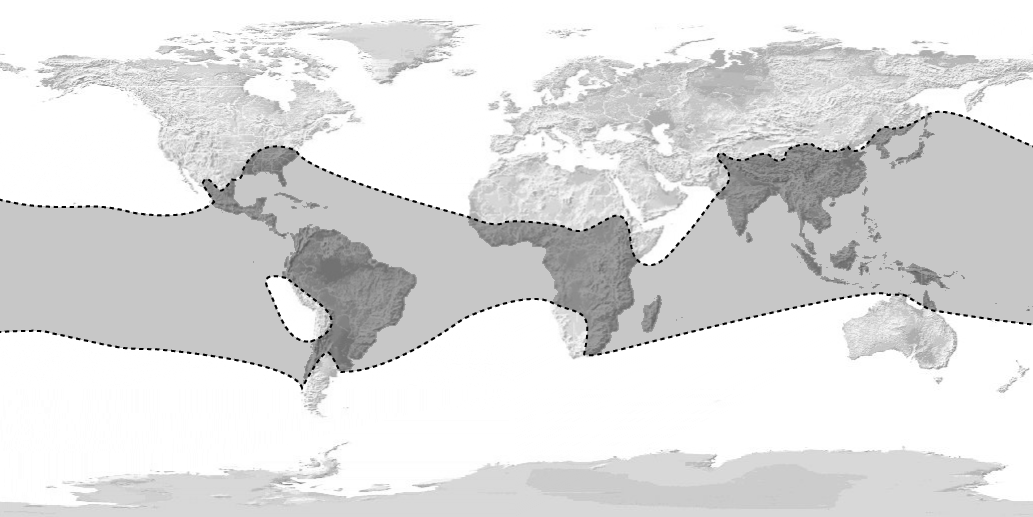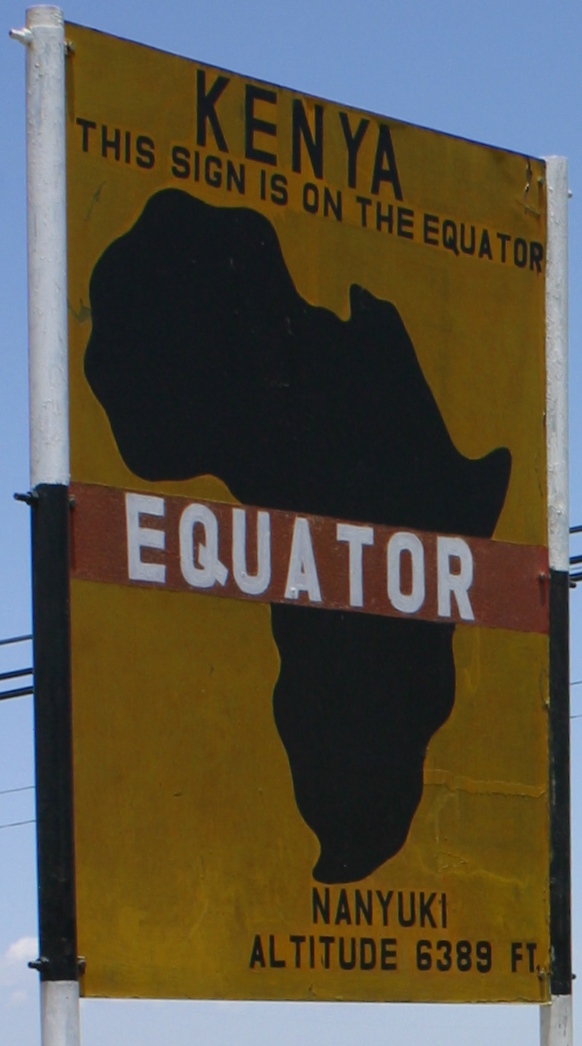|
Heterobostrychus
''Heterobostrychus'' is a genus of beetles in the family Bostrichidae, the horned powder post beetles. Like other beetles of the family, these live in wood, often inflicting significant damage on timber and other wood products. This genus can also be found in crop plants such as cassava, potato, coffee, oilseeds, and pulse crops.Azmi, M. S. M., et al. (2011)World distribution of ''Heterobostrychus aequalis'' Waterhouse (Coleoptera: Bostrychidae).''Journal of Entomology'' 8(6) 497-511. '' Heterobostrychus aequalis'', known commonly as the lesser auger beetle, trank borer, black borer, and kapok borer, is a notorious pest of many wood products. It has been found in plywood, furniture, wooden toys, wooden clogs, and carvings. These beetles are transported from their native range in tree products and introduced to other regions in timber shipments. Several species have easily established in new areas, particularly those with warm climates, as they do not tolerate cold. ' ... [...More Info...] [...Related Items...] OR: [Wikipedia] [Google] [Baidu] |
Heterobostrychus Unicornis
''Heterobostrychus'' is a genus of beetles in the family Bostrichidae, the horned powder post beetles. Like other beetles of the family, these live in wood, often inflicting significant damage on timber and other wood products. This genus can also be found in crop plants such as cassava, potato, coffee, oilseeds, and pulse crops.Azmi, M. S. M., et al. (2011)World distribution of ''Heterobostrychus aequalis'' Waterhouse (Coleoptera: Bostrychidae).''Journal of Entomology'' 8(6) 497-511. '' Heterobostrychus aequalis'', known commonly as the lesser auger beetle, trank borer, black borer, and kapok borer, is a notorious pest of many wood products. It has been found in plywood, furniture, wooden toys, wooden clogs, and carvings. These beetles are transported from their native range in tree products and introduced to other regions in timber shipments. Several species have easily established in new areas, particularly those with warm climates, as they do not tolerate cold. ''H. aequa ... [...More Info...] [...Related Items...] OR: [Wikipedia] [Google] [Baidu] |
Heterobostrychus Aequalis
''Heterobostrychus aequalis'', known generally as oriental wood borer, is a species of horned powder-post beetle in the family Bostrichidae The Bostrichidae are a family of beetles with more than 700 described species. They are commonly called auger beetles, false powderpost beetles, or horned powderpost beetles. The head of most auger beetles cannot be seen from above, as it is down .... Other common names include the lesser auger beetle (Australia) and oriental bostrichid. It is found in Africa, Australia, Europe and Northern Asia (excluding China), North America, Oceania, and Southern Asia. References Further reading * * * Bostrichidae Articles created by Qbugbot Beetles described in 1884 {{bostrichidae-stub ... [...More Info...] [...Related Items...] OR: [Wikipedia] [Google] [Baidu] |
Heterobostrychus Hamatipennis
''Heterobostrychus hamatipennis'', the Chinese auger beetle, is a species of horned powder-post beetle in the family Bostrichidae The Bostrichidae are a family of beetles with more than 700 described species. They are commonly called auger beetles, false powderpost beetles, or horned powderpost beetles. The head of most auger beetles cannot be seen from above, as it is down .... It is found in Africa, Europe and Northern Asia (excluding China), North America, and Southern Asia. References Further reading * * External links * Bostrichidae Articles created by Qbugbot Beetles described in 1895 {{bostrichidae-stub ... [...More Info...] [...Related Items...] OR: [Wikipedia] [Google] [Baidu] |
Heterobostrychus Brunneus
''Heterobostrychus brunneus'', the boxwood borer, is a species of horned powder-post beetle in the family Bostrichidae The Bostrichidae are a family of beetles with more than 700 described species. They are commonly called auger beetles, false powderpost beetles, or horned powderpost beetles. The head of most auger beetles cannot be seen from above, as it is down .... It is found in Africa, Australia, Europe and Northern Asia (excluding China), and North America. References Further reading * * Bostrichidae Articles created by Qbugbot Beetles described in 1867 {{bostrichidae-stub ... [...More Info...] [...Related Items...] OR: [Wikipedia] [Google] [Baidu] |
Bostrichidae
The Bostrichidae are a family of beetles with more than 700 described species. They are commonly called auger beetles, false powderpost beetles, or horned powderpost beetles. The head of most auger beetles cannot be seen from above, as it is downwardly directed and hidden by the thorax. Exceptions are the powderpost beetles (subfamily Lyctinae), and members of the subfamily Psoinae. ''Bostrychoplites cornutus'' has large, distinctive thoracic horns, and is found in parts of Africa and Arabia; it is often imported to Europe as larvae in African wooden bowls ("ethnic souvenirs") . The fossil record of the family extends to the Cretaceous, with the oldest records being from the Cenomanian aged Charentese and Burmese ambers, belonging to the extant genus '' Stephanopachys'' and the extant subfamilies Dinoderinae and Polycaoninae. Selected species This list is incomplete: * ''Amphicerus cornutus'' (Pallas, 1772) * '' Apate terebrans'' (Pallas, 1772) * '' Prostephanus trunca ... [...More Info...] [...Related Items...] OR: [Wikipedia] [Google] [Baidu] |
Bostrichinae
Bostrichinae is a subfamily of beetles Beetles are insects that form the Taxonomic rank, order Coleoptera (), in the superorder Endopterygota. Their front pair of wings are hardened into wing-cases, Elytron, elytra, distinguishing them from most other insects. The Coleoptera, wit .... External linksBostrichinae at BugGuide.Net Bostrichidae {{Bostrichidae-stub ... [...More Info...] [...Related Items...] OR: [Wikipedia] [Google] [Baidu] |
Insect
Insects (from Latin ') are pancrustacean hexapod invertebrates of the class Insecta. They are the largest group within the arthropod phylum. Insects have a chitinous exoskeleton, a three-part body (head, thorax and abdomen), three pairs of jointed legs, compound eyes and one pair of antennae. Their blood is not totally contained in vessels; some circulates in an open cavity known as the haemocoel. Insects are the most diverse group of animals; they include more than a million described species and represent more than half of all known living organisms. The total number of extant species is estimated at between six and ten million; In: potentially over 90% of the animal life forms on Earth are insects. Insects may be found in nearly all environments, although only a small number of species reside in the oceans, which are dominated by another arthropod group, crustaceans, which recent research has indicated insects are nested within. Nearly all insects hatch from eggs ... [...More Info...] [...Related Items...] OR: [Wikipedia] [Google] [Baidu] |
Arthropod
Arthropods (, (gen. ποδός)) are invertebrate animals with an exoskeleton, a Segmentation (biology), segmented body, and paired jointed appendages. Arthropods form the phylum Arthropoda. They are distinguished by their jointed limbs and Arthropod cuticle, cuticle made of chitin, often Mineralization (biology), mineralised with calcium carbonate. The arthropod body plan consists of segments, each with a pair of appendages. Arthropods are bilaterally symmetrical and their body possesses an exoskeleton, external skeleton. In order to keep growing, they must go through stages of moulting, a process by which they shed their exoskeleton to reveal a new one. Some species have wings. They are an extremely diverse group, with up to 10 million species. The haemocoel, an arthropod's internal cavity, through which its haemolymph – analogue of blood – circulates, accommodates its interior Organ (anatomy), organs; it has an open circulatory system. Like their exteriors, the internal or ... [...More Info...] [...Related Items...] OR: [Wikipedia] [Google] [Baidu] |
Bamboo
Bamboos are a diverse group of evergreen perennial flowering plants making up the subfamily Bambusoideae of the grass family Poaceae. Giant bamboos are the largest members of the grass family. The origin of the word "bamboo" is uncertain, but it probably comes from the Dutch or Portuguese language, which originally borrowed it from Malay or Kannada. In bamboo, as in other grasses, the internodal regions of the stem are usually hollow and the vascular bundles in the cross-section are scattered throughout the stem instead of in a cylindrical arrangement. The dicotyledonous woody xylem is also absent. The absence of secondary growth wood causes the stems of monocots, including the palms and large bamboos, to be columnar rather than tapering. Bamboos include some of the fastest-growing plants in the world, due to a unique rhizome-dependent system. Certain species of bamboo can grow within a 24-hour period, at a rate of almost an hour (equivalent to 1 mm every ... [...More Info...] [...Related Items...] OR: [Wikipedia] [Google] [Baidu] |
Equator
The equator is a circle of latitude, about in circumference, that divides Earth into the Northern and Southern hemispheres. It is an imaginary line located at 0 degrees latitude, halfway between the North and South poles. The term can also be used for any other celestial body that is roughly spherical. In spatial (3D) geometry, as applied in astronomy, the equator of a rotating spheroid (such as a planet) is the parallel (circle of latitude) at which latitude is defined to be 0°. It is an imaginary line on the spheroid, equidistant from its poles, dividing it into northern and southern hemispheres. In other words, it is the intersection of the spheroid with the plane perpendicular to its axis of rotation and midway between its geographical poles. On and near the equator (on Earth), noontime sunlight appears almost directly overhead (no more than about 23° from the zenith) every day, year-round. Consequently, the equator has a rather stable daytime temperature ... [...More Info...] [...Related Items...] OR: [Wikipedia] [Google] [Baidu] |
.png)



